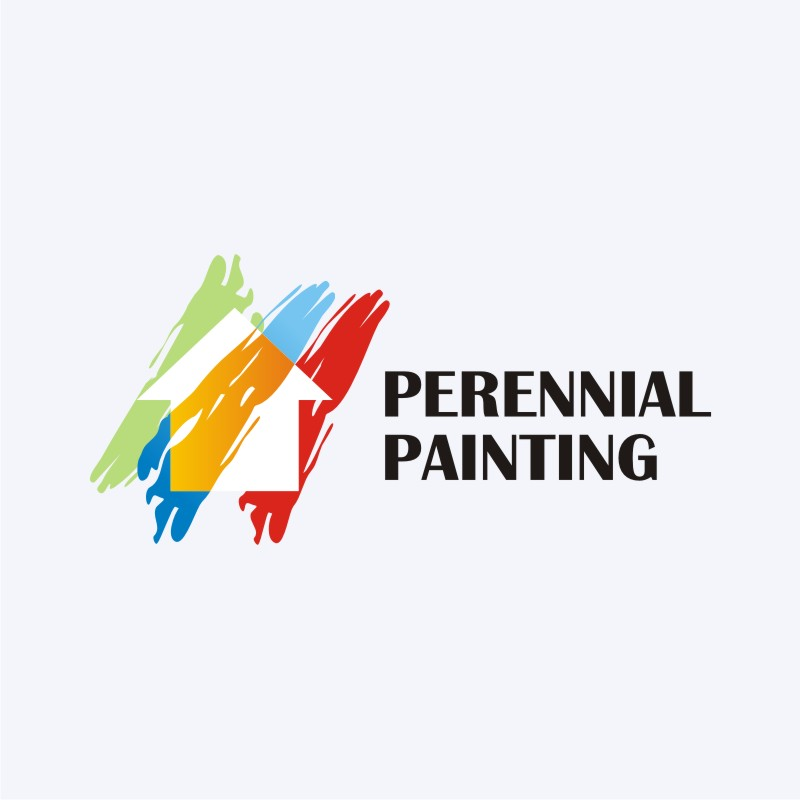Important Seasonal Aspects Of Commercial Outside Painting: What You Should Understand
Important Seasonal Aspects Of Commercial Outside Painting: What You Should Understand
Blog Article
Write- click for info -Ford Bagger
When you're preparing an industrial outside paint project, seasonal factors can make or break your results. You'll wish to take into consideration how temperature and humidity influence paint application and drying times. Picking the appropriate season can guarantee your paint adheres appropriately and lasts much longer. Yet which seasons are absolutely the very best for this sort of work? Let's check out the crucial elements that can influence your task's success.
The Impact of Temperature Level on Paint Application
When you're planning an industrial outside painting task, the temperature level can substantially influence just how well the paint sticks and dries.
Preferably, you wish to repaint when temperature levels range in between 50 ° F and 85 ° F. If it's also cool, the paint may not heal correctly, resulting in concerns like peeling or splitting.
On the other side, if it's as well warm, the paint can dry too promptly, avoiding proper adhesion and resulting in an uneven surface.
You must likewise consider the moment of day; morning or late afternoon offers cooler temperatures, which can be more desirable.
Constantly check the supplier's referrals for the specific paint you're using, as they commonly offer support on the optimal temperature variety for optimum outcomes.
Humidity and Its Effect on Drying Times
Temperature isn't the only environmental variable that influences your industrial exterior painting project; moisture plays a considerable role too. High humidity degrees can slow down drying out times drastically, influencing the total quality of your paint job.
When the air is saturated with dampness, the paint takes longer to treat, which can bring about problems like poor bond and a higher risk of mold development. If you're painting on a specifically humid day, be prepared for extensive delay times between coats.
It's important to keep track of regional climate condition and plan as necessary. Ideally, go for linked web site in between 40% and 70% for optimum drying.
Keeping these consider mind ensures your task remains on track and provides a long-term surface.
Best Seasons for Commercial Exterior Paint Projects
What's the most effective time of year for your commercial outside paint tasks?
Spring and very early loss are typically your best bets. During these seasons, temperatures are light, and humidity degrees are usually reduced, creating perfect problems for paint application and drying.
Prevent summer season's intense heat, which can create paint to dry also promptly, bring about inadequate adhesion and coating. In a similar way, winter months's chilly temperatures can impede appropriate drying out and curing, running the risk of the durability of your paint job.
Aim for days with temperature levels between 50 ° F and 85 ° F for optimal outcomes. Keep in browse this site to examine the regional weather report for rain, as wet problems can destroy your job.
Planning around these elements guarantees your painting project runs efficiently and lasts longer.
Verdict
Finally, planning your commercial exterior painting tasks around seasonal factors to consider can make a significant distinction in the outcome. By scheduling work during the excellent temperatures and moisture levels, you'll make certain better attachment and drying out times. Bear in mind to keep an eye on neighborhood weather forecasts and pick the correct time of year-- spring and early autumn are your best choices. Taking simply click the following post will aid you attain a resilient and specialist finish that lasts.
